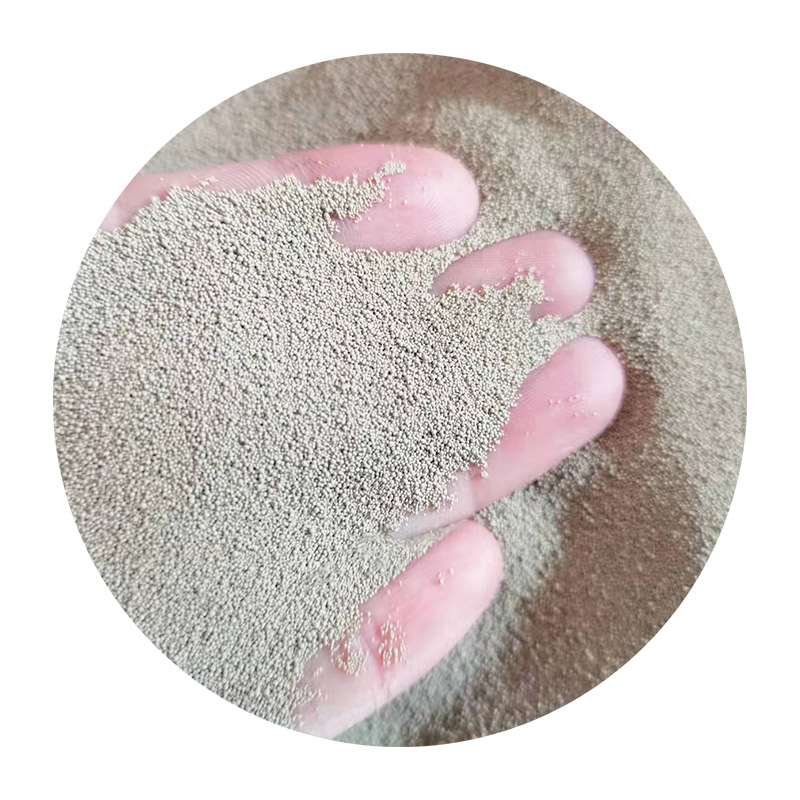What is a Sand Casting?
Sand casting, also known as sand mold casting, is one of the oldest and most widely used metal casting processes. It involves creating a mold from a sand mixture, which is then used to produce metal parts. This versatile manufacturing method has been pivotal in industries ranging from automotive to aerospace, resulting in a plethora of metal components essential for various applications.
The Process of Sand Casting
The sand casting process begins with creating a mold. The mold is typically made from fine sand mixed with a binding agent, such as clay or a resin, which helps the sand particles stick together. The first step involves constructing a pattern, which is a replica of the final product. Patterns can be made from various materials, including wood, metal, or plastic, and are designed with additional features like draft angles to facilitate easy removal from the mold.
Once the pattern is ready, it is pressed into the sand mixture to create the mold cavity. In more complex designs, a two-part mold is created, with each half of the mold being formed separately. After removing the pattern, the mold halves are carefully assembled and secured. To improve the mold's strength and reduce irregularities, it may be treated with a binding agent that helps the sand maintain its shape under the heat of molten metal.
After the mold is prepared, it is time to pour in the molten metal. Typically, metals like aluminum, iron, and bronze are used in sand casting due to their favorable casting characteristics. The metal is heated until it reaches a liquid state and is then carefully poured into the mold cavity. Once the metal cools and solidifies, the mold is broken apart to reveal the cast part. This process of breaking the mold is where sand casting can be messy, but it ensures the creation of intricate designs and details.
Advantages of Sand Casting
One of the primary advantages of sand casting is its versatility. This method can be used to create large and complex shapes, which might be challenging or costly to produce using other casting techniques. Additionally, the use of sand as a primary material makes it relatively inexpensive compared to other methods, with reduced setup costs and minimal waste.
what is a sand casting

The sand casting process also allows for a high degree of customization. Patterns can be easily modified or replaced, accommodating design changes without significant delays or financial implications. Furthermore, sand casting is suitable for both low-volume and high-volume production runs, making it an ideal choice for prototypes, custom parts, and mass production alike.
Limitations of Sand Casting
While sand casting boasts many benefits, it is not without its limitations. The surface finish of sand cast parts tends to be rough compared to those produced through other methods, such as investment casting. For applications requiring a smooth finish, additional machining or finishing processes may be necessary, adding time and cost to the overall operation.
Additionally, sand casting can sometimes result in defects such as gas porosity or inclusions, which may affect the integrity of the final product. To mitigate these issues, careful control of the casting parameters and the quality of materials used is essential.
Applications of Sand Casting
Sand casting is widely utilized in various industries. In the automotive sector, many engine components, blocks, and transmission housings are produced using this method. The aerospace industry also benefits from sand casting, as it allows for the production of lightweight yet strong components for aircraft. Other application areas include hardware manufacturing, art sculptures, and industrial machinery parts, highlighting the method’s immense adaptability.
In summary, sand casting is a well-established process with numerous advantages and a few limitations. Its ability to handle complex geometries while offering cost-effectiveness makes it a fundamental technique in metal manufacturing. As industries continue to evolve, so too will the methods and technologies associated with sand casting, ensuring its relevance for years to come. Whether for small-scale projects or significant industrial applications, sand casting remains a vital part of modern manufacturing.
Post time:Dek . 02, 2024 00:27
Next:Understanding Gold Sand and Its Formation Process in Nature
